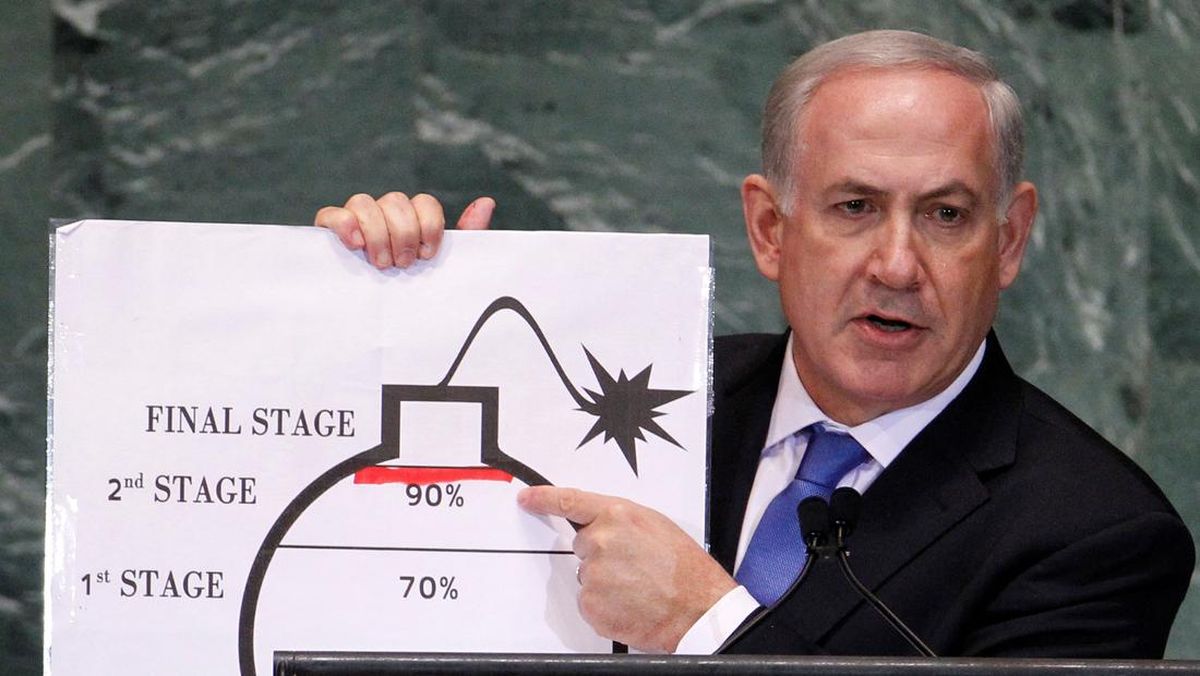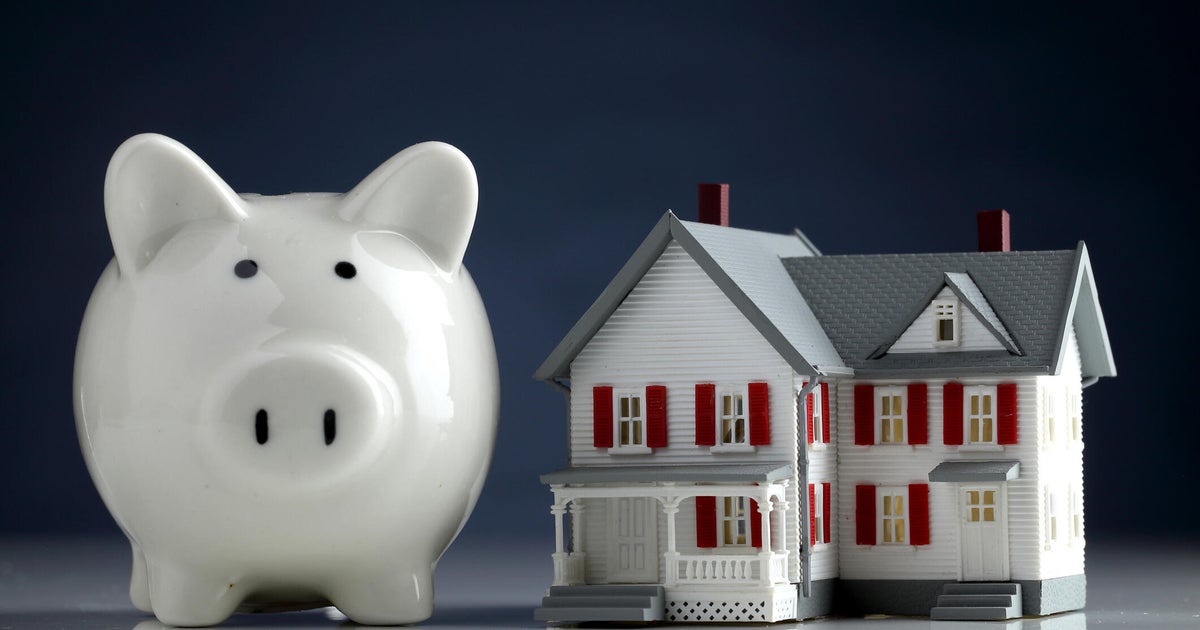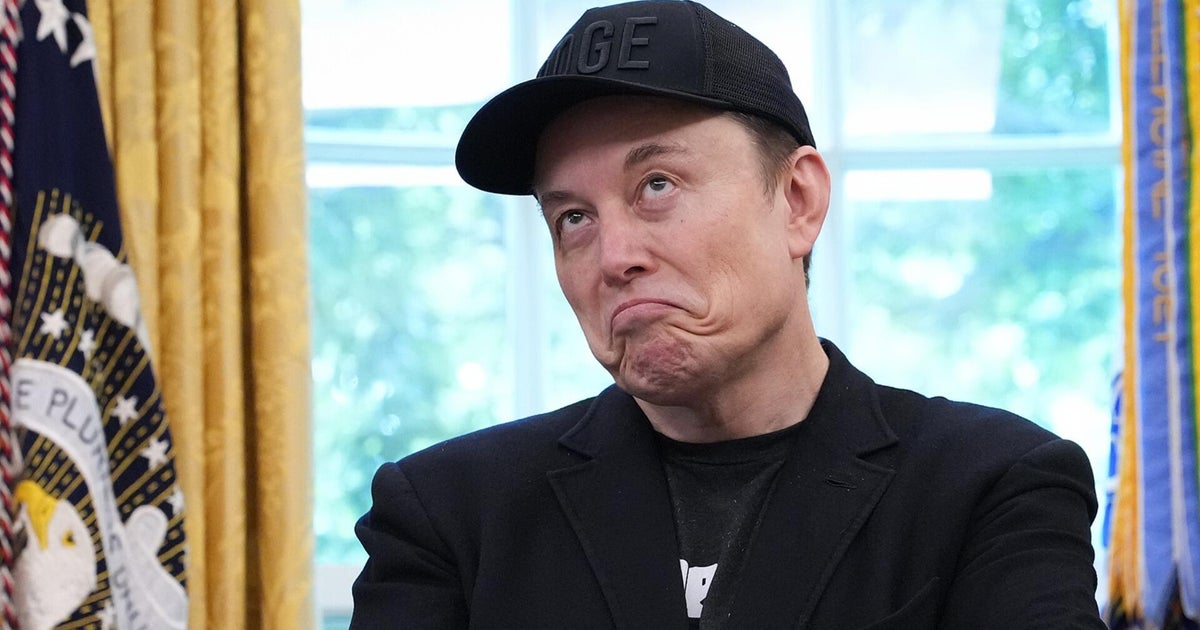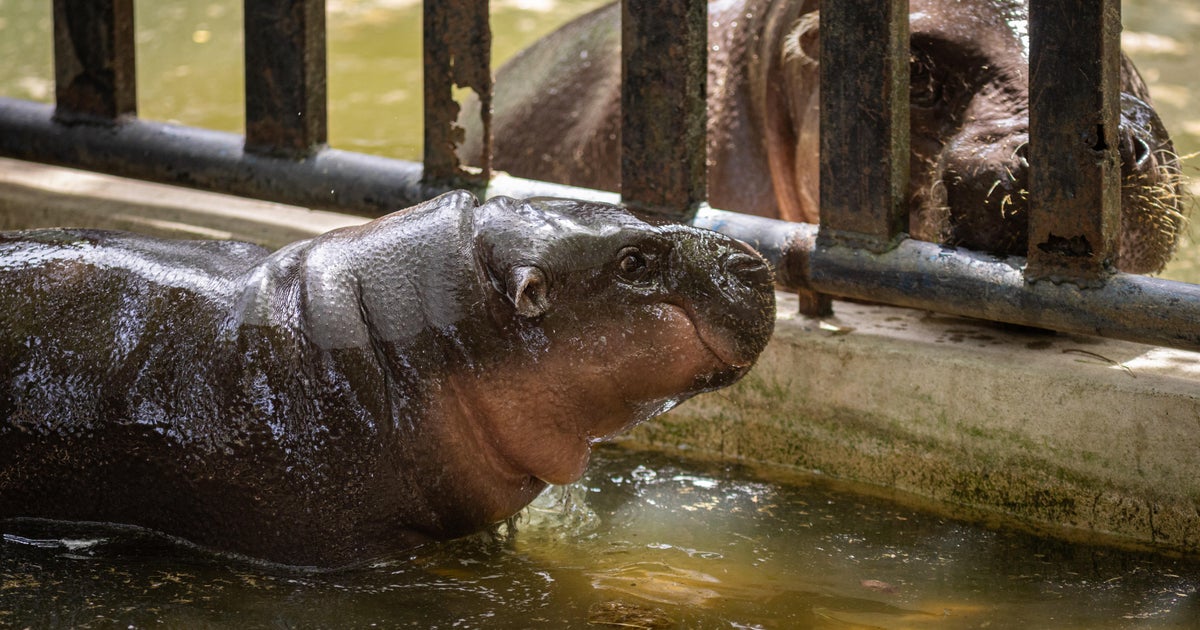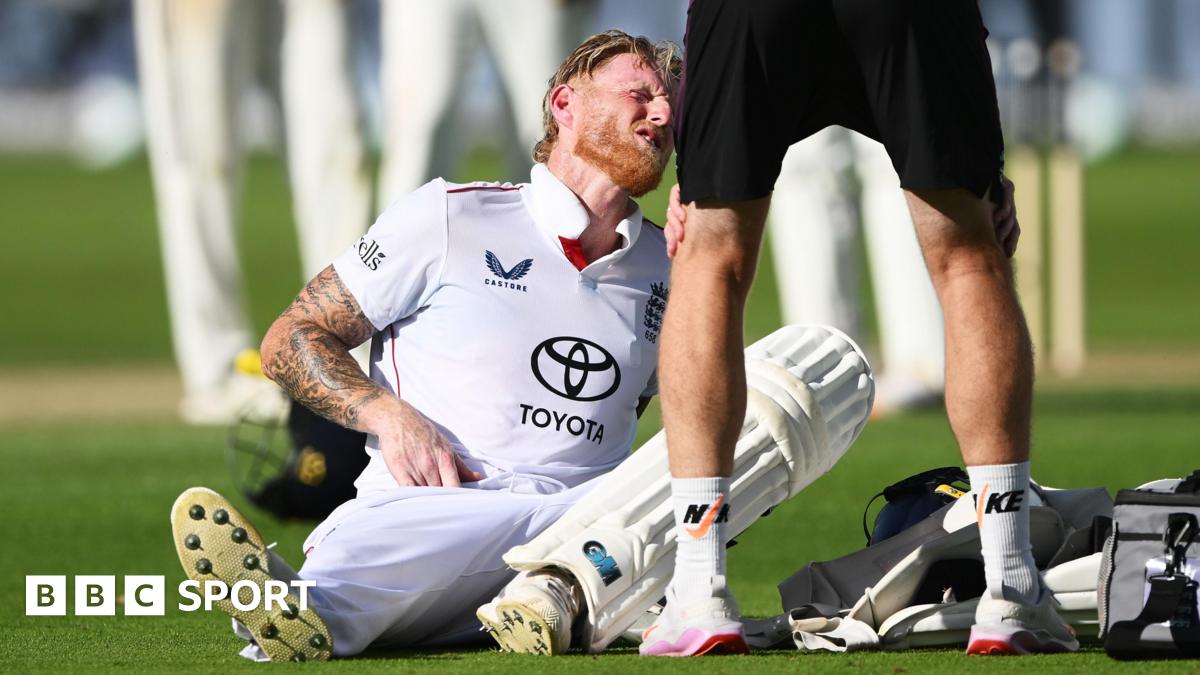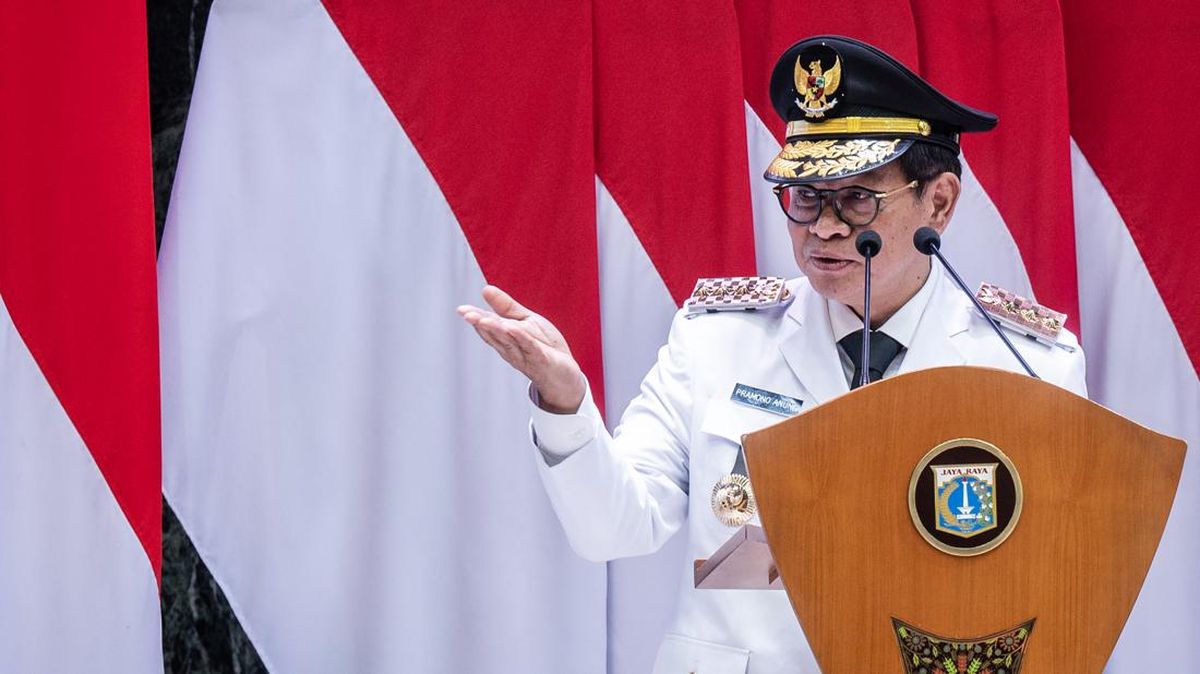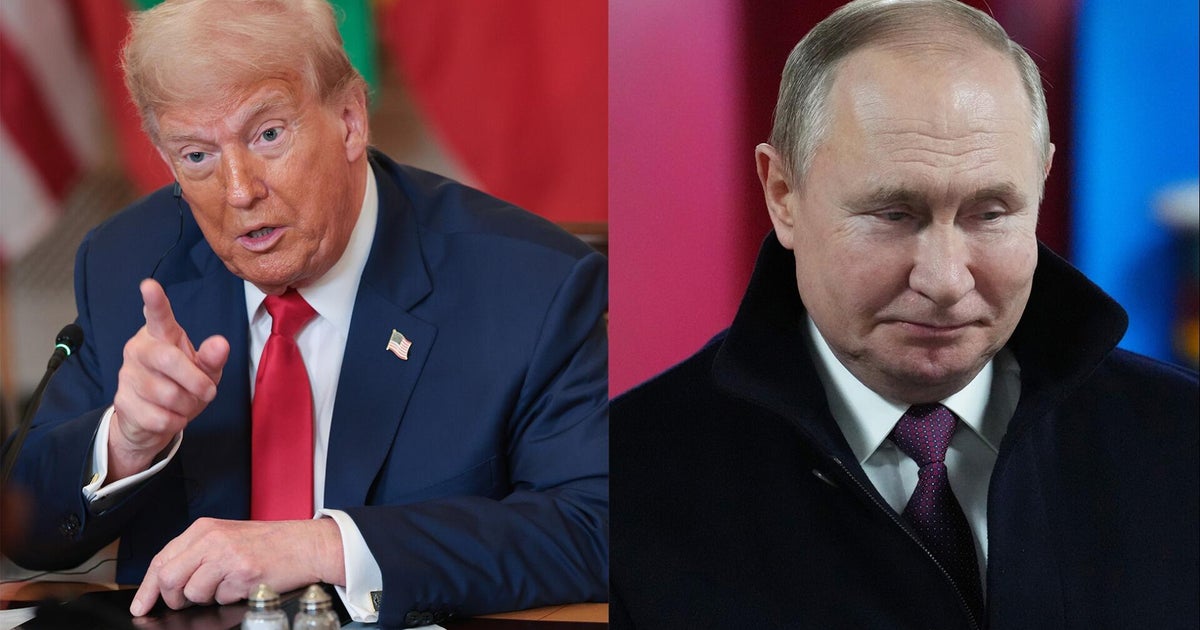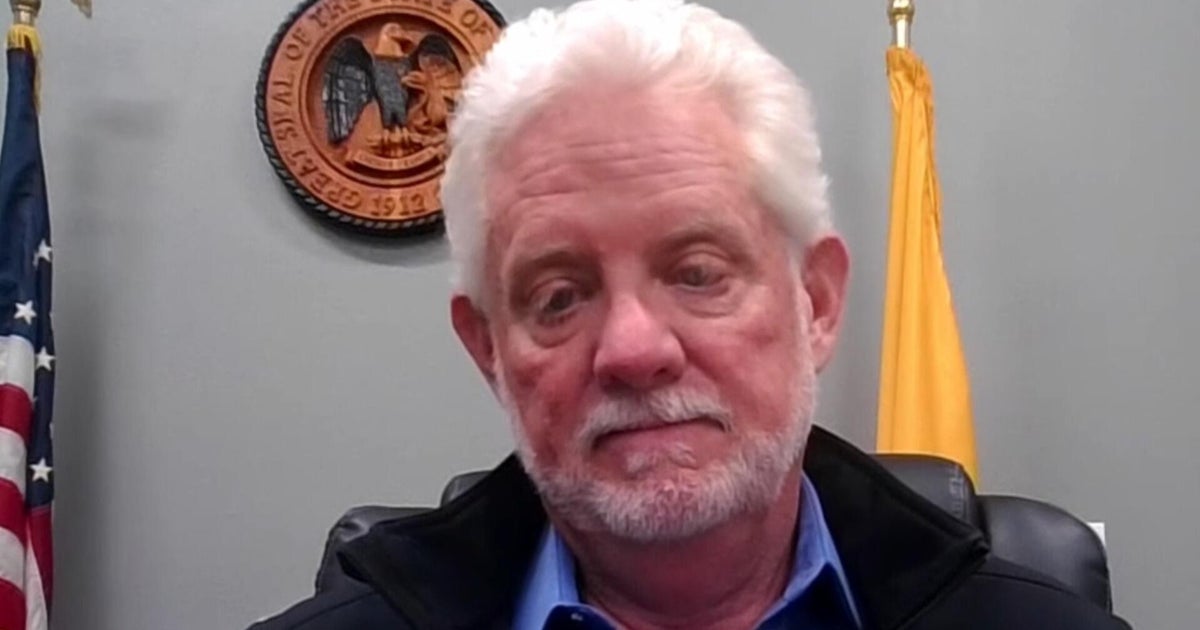The least surprising and most disturbing finding within Jillian Segal’s report on antisemitism in Australia is that the hatred of Jews has infected many of the same institutions we rely on to counter ignorance and prejudice.
In seeking to explain why a “wave of hate” has crashed over Jewish people since October 7, 2023, in a nation which, before then, had no significant history of institutional antisemitism, Segal points a finger squarely at our universities, our schools, our media, our artists and our cultural organisations.

Prime Minister Anthony Albanese and special envoy on antisemitism Jillian Segal.Credit: Dylan Coker
The special envoy on antisemitism’s report concludes that hatred of Jews is evident within schools and universities and “ingrained and normalised” within academia and culture. It finds police and the judiciary need to better recognise antisemitism and that journalists need to guard against perpetuating its twisted themes and narratives.
Segal’s work also identifies a bigger problem – the twin impact of insidious social media technologies and the hollowing of school curriculums and traditional news sources, which has plunged young Australians into a deep well of conspiracy theory, misinformation and malice.
Her research discovered a qualitative difference in what people below and above the age of 35 know about the Holocaust, the history of the Middle East and Israel and where they seek information about it. At a time when the Holocaust is falling out of living memory, we are leaving young people to their own devices, quite literally, to separate fact from fixation.
Loading
As Prime Minister Anthony Albanese says, this is why people can walk up to him and with a straight face proclaim there were no Jews in Palestine before 1948 or no such thing as a Palestinian. It is a corrosion that won’t stop at the Jews.
If we think of the war in Gaza as the first major conflict fought in the algorithm age, where the radicalising impact of self-affirming thought and horrific imagery can push reasonable, intelligent people to the extremes of any contention, then today’s antisemitism is tomorrow’s hatred of women or bigotry against Muslims, Chinese or people black or brown.
Segal’s prescribed response, published a week after another synagogue was torched in Melbourne and a mob of 20 people rampaged through an Israeli restaurant, will severely test our capacity for rational debate.
Improved school curriculums about antisemitism and the Holocaust are the easiest and perhaps, most important parts. Where things get messy are Segal’s recommendations to pull public funding from universities and arts and media organisations that tolerate or promote antisemitic work.
She also wants to screen prospective immigrants for antisemitic views.
The special envoy’s “crucial first step” towards this is for the International Holocaust Remembrance Alliance working definition of antisemitism, a definition already recognised by the Australian government, to become the nationally accepted standard when judging whether universities, arts organisations or the ABC are indulging anti-Jewish hate speech.
Her recommendation is for the definition to include the illustrative examples published by the IHRA. These include perpetuating dehumanising stereotypes about Jews controlling governments or the media, challenging the right of Israel to exist, drawing comparisons between the Israeli government and the Nazis and holding Jewish people in Australia responsible for the actions of Israel.
This definition has long been opposed by human rights groups and free speech advocates who see it as censoring criticism of Israeli government policy. It was also never intended by the IHRA to be binding.
If the special envoy’s recommendations are to be given practical effect, the definition should serve as a guide to identifying antisemitism but not a prescriptive code for what can and can’t be said or who can come to Australia. If the definition is applied rigidly, no Arab person who has grown up under Israeli occupation in the West Bank or Gaza could reasonably hope to pass the Segal test for Australian residency.
Loading
The timing of Segal’s report was planned before last weekend’s attacks, but it is difficult to read it without reflecting, not just on the people who targeted the Miznon restaurant in Melbourne’s CBD or the man charged with setting fire to the City Shul in East Melbourne, but the hundreds of people who took to the streets two days later to chant “Death to the IDF” and “Globalise the intifada”.
As Daniel Aghion, a Melbourne barrister and president of the Executive Council of Australian Jewry, reflects, Australia after 11 arson attacks on Jewish targets in the past 12 months is now an international outlier for serious antisemitic violence.
Protest leaders condemned the firebombing of the shul, but the chants say otherwise.
“If you burn down a synagogue, you are globilising the intifada,” Aghion says.
Loading
Liberal MP Julian Leeser visited the synagogue this week. “There have been Jews here since the First Fleet, and we are one of the few nations on earth that has never had any discriminatory laws that have barred Jewish people from office or access to full citizenship,” he says. “This is a pathology in our society. This is about much darker things than what is happening in the Middle East.”
Australia’s special envoy on antisemitism understands hatred of Jews will never been eliminated entirely. Her ambition, one she shares with Albanese, is to push it back to the margins of society. Our response to her report, whether we greet it with an open mind or shrill rejection, will show how deep the poison runs.
Most Viewed in Politics
Loading

